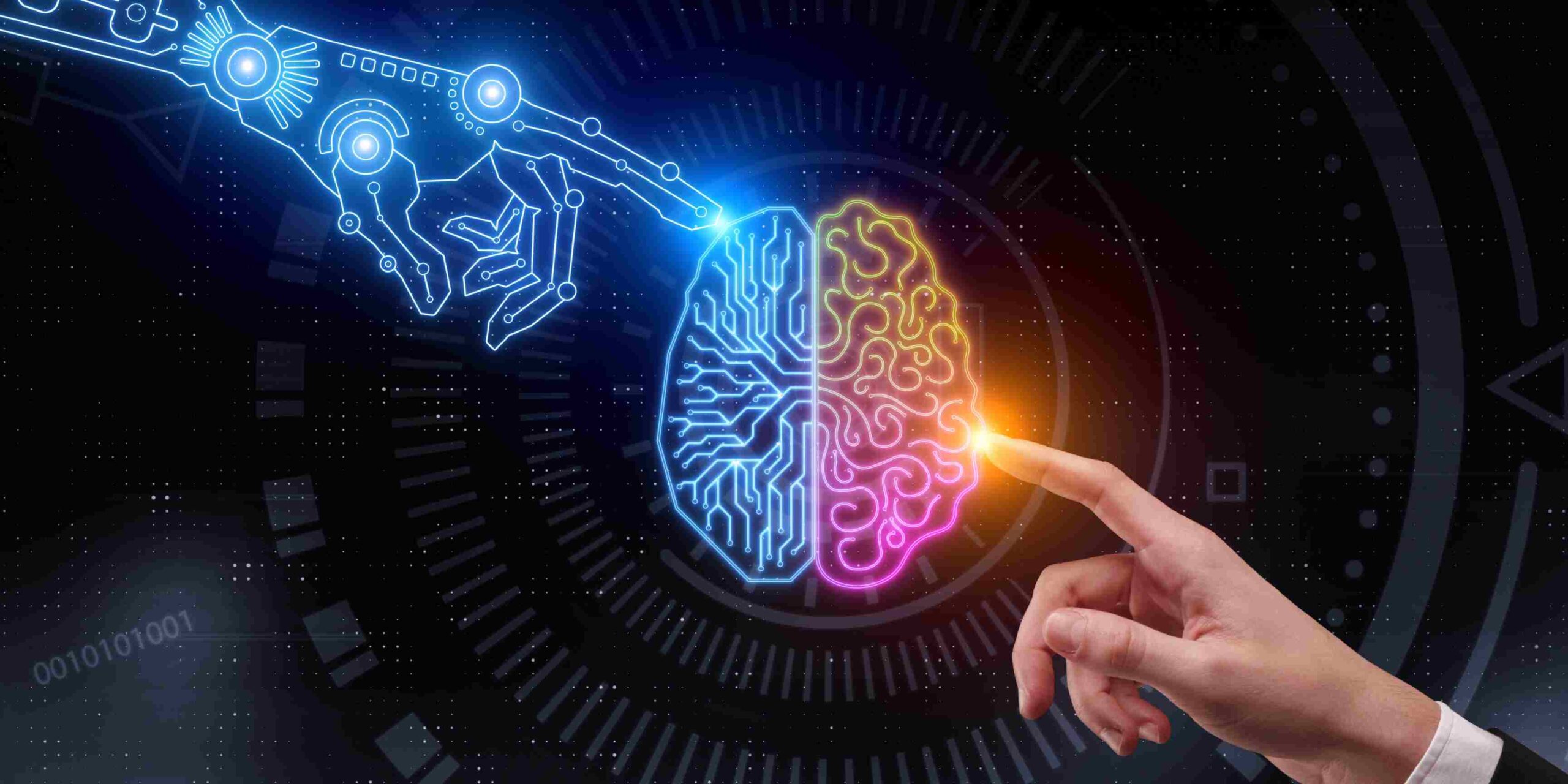Artificial intelligence is everywhere — from the way your phone predicts what you’re typing, to the movie suggestions Netflix sends your way. But how does it actually work? If you’re new to AI, all the jargon can feel like a foreign language. This beginner-friendly guide breaks down the basics so you can finally understand what’s happening behind the scenes when someone says, “the AI did it.”
In this blog:
What is Artificial Intelligence?
At its core, artificial intelligence (AI) is the ability of a machine to perform tasks that typically require human intelligence. These tasks include recognizing speech, understanding natural language, solving problems, making decisions, and even learning from experience.
AI shows up in tools and apps we use every day. When Google Maps reroutes your drive, when Siri answers a question, or when Spotify creates a playlist just for you — that’s AI in action.
One exciting branch of AI that has gained attention recently is generative AI. This is the kind of AI that creates content like text, images, music, or even code. Tools like ChatGPT, DALL·E, and others use generative AI to help people write, design, brainstorm, and more. We’ll dive deeper into this topic in an upcoming post.
The Core Types of AI
Understanding the different types of AI can help clear up some confusion:
Narrow AI (Weak AI)
This is AI designed to perform a specific task, and it’s the kind we use today. Think facial recognition, spam filters, or voice assistants like Siri.
Generative AI tools like ChatGPT, DeepSeek, or Grok also fall into this category. While they can generate text, answer questions, or even write code, they are still specialized systems trained for particular tasks. They don’t truly understand context or have general reasoning abilities.
General AI (Strong AI)
This is the kind of AI you see in movies — a system that can think, learn, and adapt across any task like a human. It would understand, reason, and respond with real-world knowledge and awareness. We’re not there yet, but researchers are exploring how to get closer to this vision.
You might also hear about AI types based on how they behave:
- Reactive Machines: They react to specific inputs. No memory or learning involved.
- Limited Memory: These systems learn from historical data. Most current AI falls here.
- Theory of Mind / Self-aware AI: These are theoretical stages where AI could understand emotions or have self-awareness. These do not exist today.
How Does AI Actually Work?
At a high level, AI operates by combining data, algorithms, and computing power to make decisions or predictions. Let’s break that down:
- Data is the raw material. AI systems require large amounts of high-quality data to learn and improve. The more relevant data it has, the better it performs.
- Algorithms are the rules or logic the AI follows to process and analyze that data.
- Training Models are what allow the AI to “learn.” These models are trained by feeding them data over and over until they begin making accurate predictions or decisions on their own.
For example, if you show an AI hundreds of photos labeled as cats and dogs, it will eventually learn to tell the difference between them by recognizing patterns in the data — like fur shape, ear position, or tail length.
Real-World Examples of AI in Action
To make this less abstract, here’s how popular tools use AI in ways you likely interact with daily:
Grammarly uses AI to improve your writing. It’s trained on tons of written content (data), follows grammar and style rules (algorithms), and uses models trained to spot grammar issues, tone, or clarity. Over time, it adapts to your writing style and offers smarter suggestions.
Meta (Facebook/Instagram) uses AI for everything from your feed to content moderation. It gathers behavioral data (likes, clicks, comments), applies algorithms to decide what to show you, and relies on large-scale training models (like LLaMA) to understand language, trends, and even images.
YouTube runs one of the most well-known AI recommendation engines. It tracks what you watch, how long you stay, and what you skip (data), uses algorithms to personalize suggestions, and trains deep learning models to predict what you’ll want to watch next.
In all three examples, AI relies on a mix of data, algorithms, and training — but which one plays the lead role depends on the tool and its goal. labeled “cats” and “dogs,” it will eventually learn the patterns that separate the two.
What is Machine Learning?
Machine learning (ML) is a subset of AI that gives machines the ability to learn from data without being explicitly programmed.
Traditional programming tells a computer what to do step by step. Machine learning, on the other hand, feeds the computer examples and lets it figure out the rules.
- Supervised learning: The data is labeled. You show the system inputs and correct outputs.
- Unsupervised learning: The system finds patterns on its own, without labeled data.
Neural Networks and Deep Learning
To go a step further, machine learning can use neural networks, systems modeled after the human brain.
These networks are made up of layers of nodes (like neurons) that process data and pass it along. Each layer identifies features and patterns.
Deep learning is just a bigger, more complex version of this with many layers. It powers things like:
- Image recognition
- Voice transcription
- Language translation
AI in Action: Real-Life Use Cases
AI might sound futuristic, but it’s already part of our daily routines:
- Smart Assistants: Siri, Alexa, and Google Assistant respond to voice commands and learn your preferences.
- Email Spam Filters: They identify and block unwanted emails.
- Streaming Recommendations: Netflix and Spotify use AI to suggest content based on what you like.
- Self-Driving Cars: Use AI to detect lanes, signs, and other vehicles.
- Healthcare: AI helps detect diseases earlier through image analysis and pattern recognition.
Common Misconceptions About AI
Let’s clear up a few myths:
- “AI can think like a human”: Not really. AI is good at pattern recognition, but it doesn’t have emotions, consciousness, or creativity like humans.
- “AI is always unbiased”: Actually, AI can reflect the biases in the data it was trained on. It’s not automatically fair or neutral.
- “AI will replace everyone’s job”: AI may change how we work, but it’s more likely to assist than fully replace most roles.
Why Understanding AI Matters
AI isn’t just for tech experts. It’s shaping the way we live, work, and interact with the world. Whether you’re using AI-powered tools to write emails or automate your calendar, having a basic understanding empowers you to:
- Use technology more effectively
- Spot opportunities to save time
- Make more informed decisions about privacy and data
Final Thoughts: You Don’t Need to Be an Expert
Understanding how AI works doesn’t mean you need to become a data scientist. A little knowledge goes a long way in using AI tools more confidently and creatively.
If you’re ready to take the next step, check out:
- Cool AI Tools to Boost Productivity
- How I Use AI to Plan My Week
This is just the beginning. The more you explore, the more useful AI becomes in your day-to-day life.


